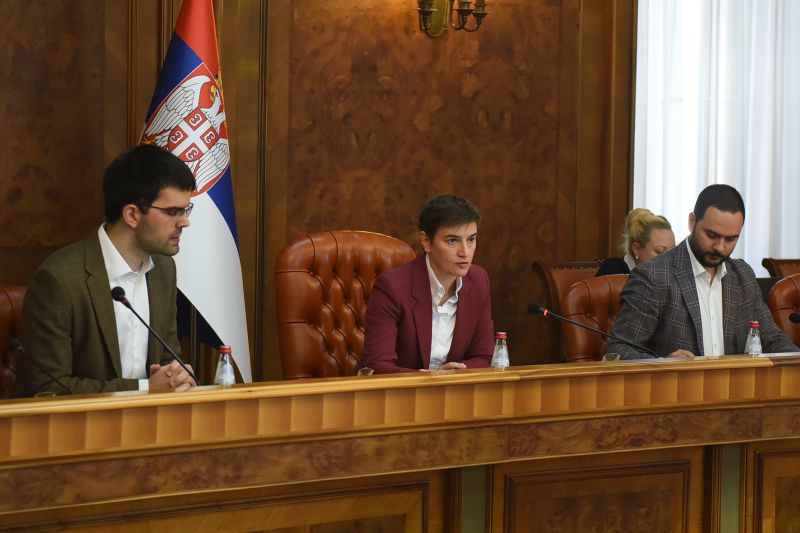Prime Minister Ana Brnabic presided today over a session of the Council for the Coordination of Activities and Measures for the Growth of the Gross Domestic Product (GDP), at which it was concluded that the Serbian economy is accelerating and that, if it continues at the current pace of development, it can achieve the planned GDP growth of 2.5 percent in 2023, despite the significant slowdown of the European economy and especially the economies of the countries on which we are most focused.
- Serbia
Get to know Serbia
- Citizens
Culture and science
Health services
Pension and disability insurance
- Business
Employment
Economy
- Media
- Government
- Contact
Keep in touch
Keepin touch
Whether you have a question, comment, suggestion or any problem in the purview of the government, send us your message and we will try to respond as soon as possible. If your problem is not in our purview, we will forward your message to the relevant institution.
Good indicators for reaching planned GDP growth in 2023
In the second quarter, our economy recorded a growth of 1.7 percent, while in the same period, the growth of the economies of the European Union was about 0.5 percent. The good trend from the second quarter continued in the first month of the third quarter, in July, in which growth stood at 2.5 percent.
The construction and ICT sectors are on the rise in the second quarter - the construction sector achieved a growth of as much as 15.1 percent, while the ICT sector had a growth of 10.1 percent.
When it comes to employment growth, the fact that Serbia recorded a 2.3 percent increase in employment in the second quarter is particularly encouraging, so that the number of employed persons in Serbia is currently 2,364,140, which is over half a million more than in 2014.
Improved procedures in the cities - Belgrade, Novi Sad, Nis and Kragujevac have made significant steps in facilitating the issuance of location conditions and building permits, which additionally stimulates economic growth.
Participants in the session also discussed foreign labour and investments. There are currently 72,876 foreigners residing in Serbia with temporary permits, and in August alone, 2,692 foreigners requested work permits. Despite the challenges at the global level, it is expected that the level of foreign direct investment will be at the level of last year, and maybe even exceed expectations.
There are numerous challenges ahead of us, but indicators suggest that Serbia is successfully dealing with them and positioning itself as a stable economic partner in the region and beyond.
The GDP Council will continue to monitor the development of the situation and implement strategies that will enable sustainable and stable economic growth, it was stated at the session.
-
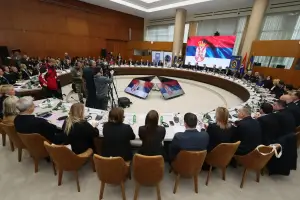 Belgrade, 27 November 2025
Belgrade, 27 November 2025Inclusion of women in security structures key to safer, more stable society
-
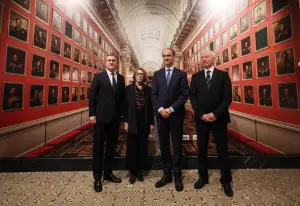 Belgrade, 26 November 2025
Belgrade, 26 November 2025Macut opens Traces of Light: Serbs in the Mirror of the Hermitage exhibition
-
 Belgrade, 26 November 2025
Belgrade, 26 November 2025Young people as visionaries of future modern Serbia
-
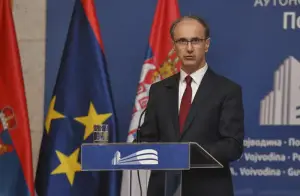 Novi Sad, 25 November 2025
Novi Sad, 25 November 2025Unification of Vojvodina with Serbia realisation of centuries-old dream
-
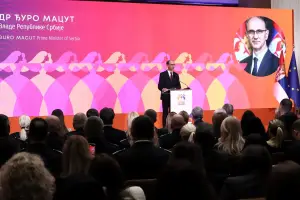 Belgrade, 25 November 2025
Belgrade, 25 November 2025Serbia makes significant step in fight against violence against women
-
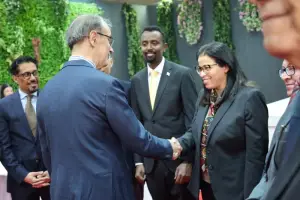 Belgrade, 23 November 2025
Belgrade, 23 November 2025Potential for further improving cooperation between Serbia, Arab countries
-
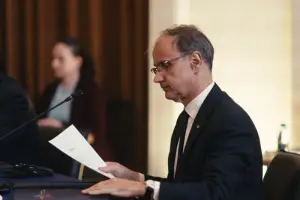 Belgrade/Tirana, 21 November 2025
Belgrade/Tirana, 21 November 2025Connected region best path to full EU membership
-
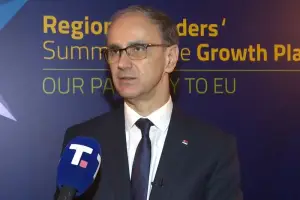 Belgrade/Tirana, 21 November 2025
Belgrade/Tirana, 21 November 2025Serbia on right track in meeting EU accession criteria
-
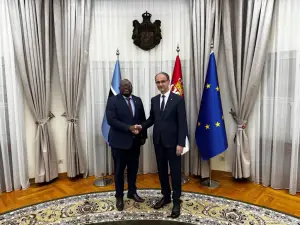 Belgrade, 21 November 2025
Belgrade, 21 November 2025Serbia, Botswana committed to peace, respect for international law
-
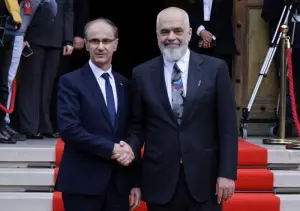 Belgrade/Tirana, 21 November 2025
Belgrade/Tirana, 21 November 2025Prime Minister Macut at Western Balkans Leaders’ Summit

